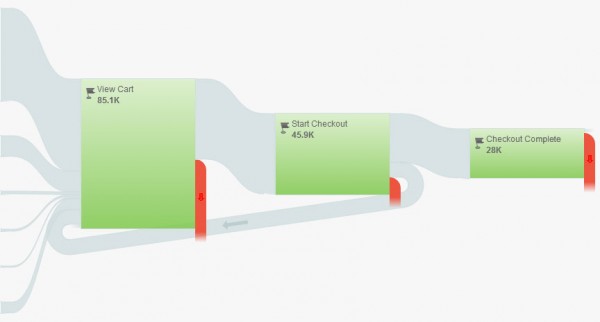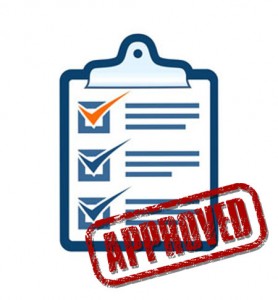Finding the Formula for A/B Testing Success
If you are running PPC ads, you need to be performing A/B testing on a regular basis to ensure that your ads are performing as well as they should. A/B testing gives you a way to test different elements of an ad to see if changes improve or harm the clickthrough rate. Doing this is a critical step to keeping your ads fresh and improving your performance. In fact, when you hire a PPC management expert to help with your program, A/B testing is one of the first things that they will likely recommend.
A/B testing might seem complicated, but it’s something that anyone can accomplish. We’ve put together some easy steps to help you to do your own A/B testing and improve the performance of your PPC ad campaigns:
1. Determine the highest-performing ad from an ad group that generates a high amount of traffic for you. You’ll want to focus on ads that have already proven to be successful to see where they can be tweaked.
2. Put the original ad on hold and make a pair of duplicate copies of this ad. From there, make a pair of tweaks to perform the test you want to accomplish. This can mean changing the text from “all caps” to all lowercase, using different images or color elements.
3. Halt all of the other ads in your ad group so only the ads that you are running A/B testing on are live. Make sure to label these ads with their date and the changes made in AdWords.
4. Make sure you have “Optimize for Clicks” selected in AdWords to get the most accurate results.
5. Let the ads run for a lengthy period of time before you start to try and collect any conclusions. You’ll want to get several weeks’ worth of data and hundreds of ad impressions before you have a data sample size that is large enough from which to draw conclusions.


 Posted on October 21, 2013
Posted on October 21, 2013
 Posted on September 9, 2013
Posted on September 9, 2013
 Posted on April 24, 2013
Posted on April 24, 2013

 Posted on February 18, 2013
Posted on February 18, 2013